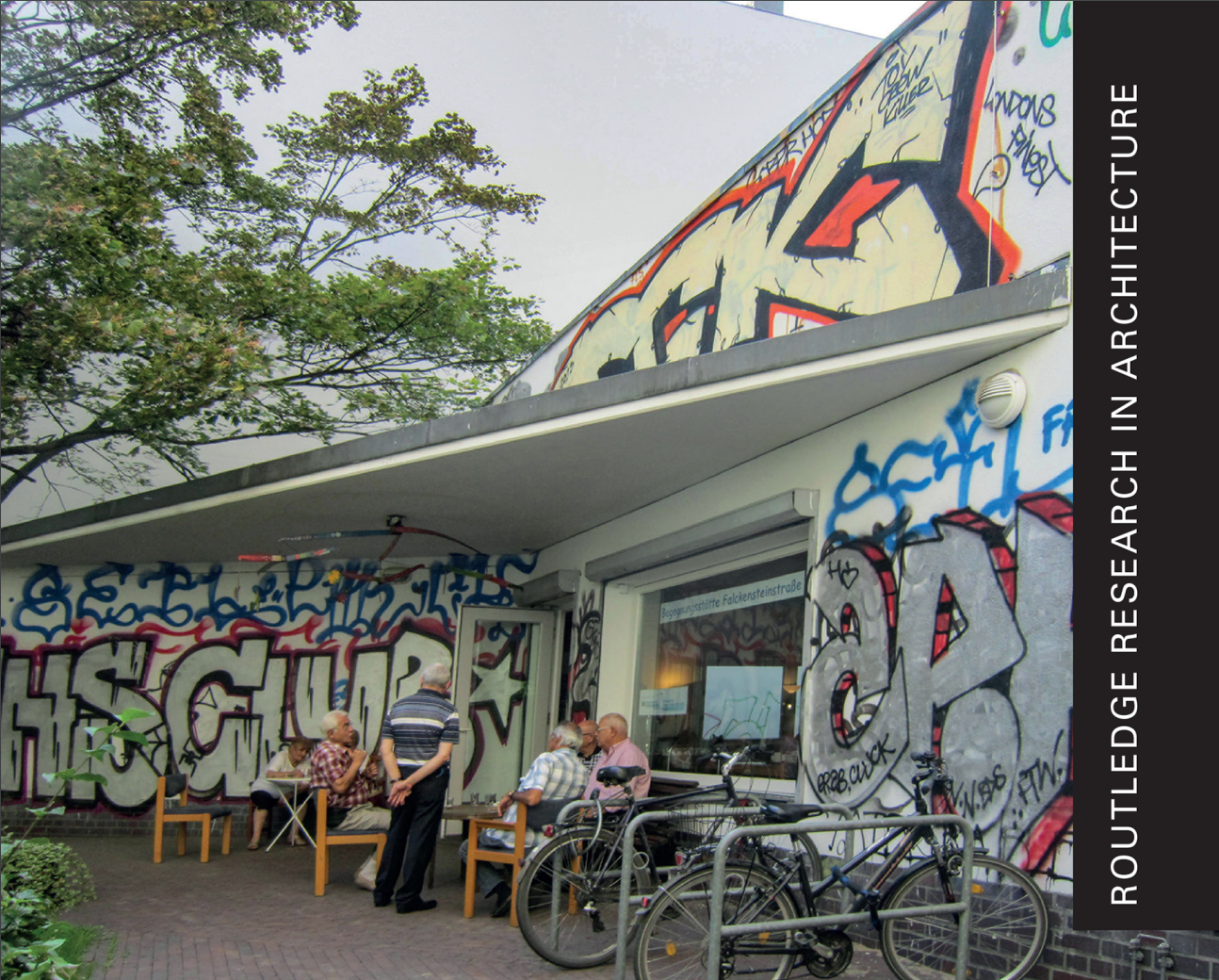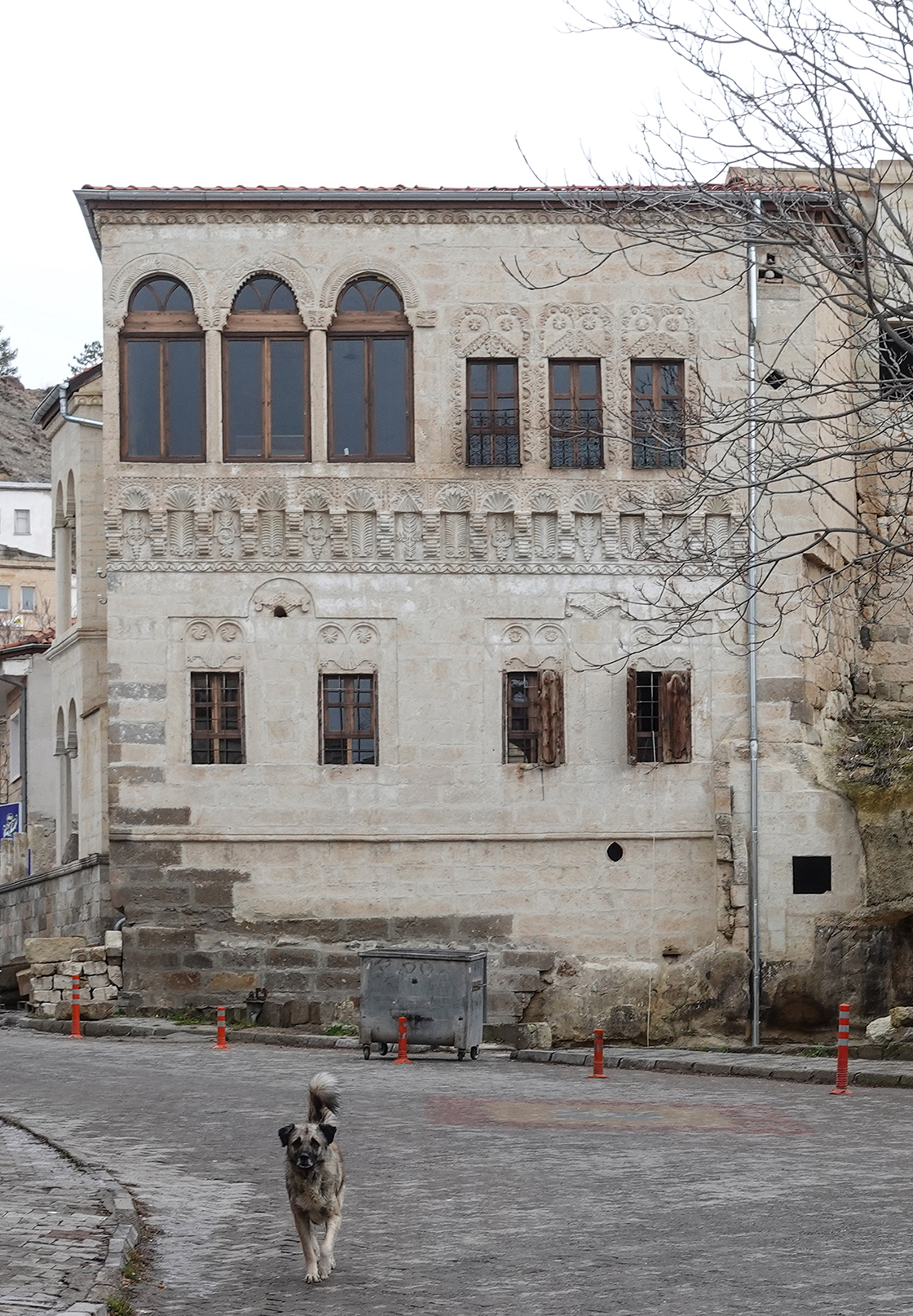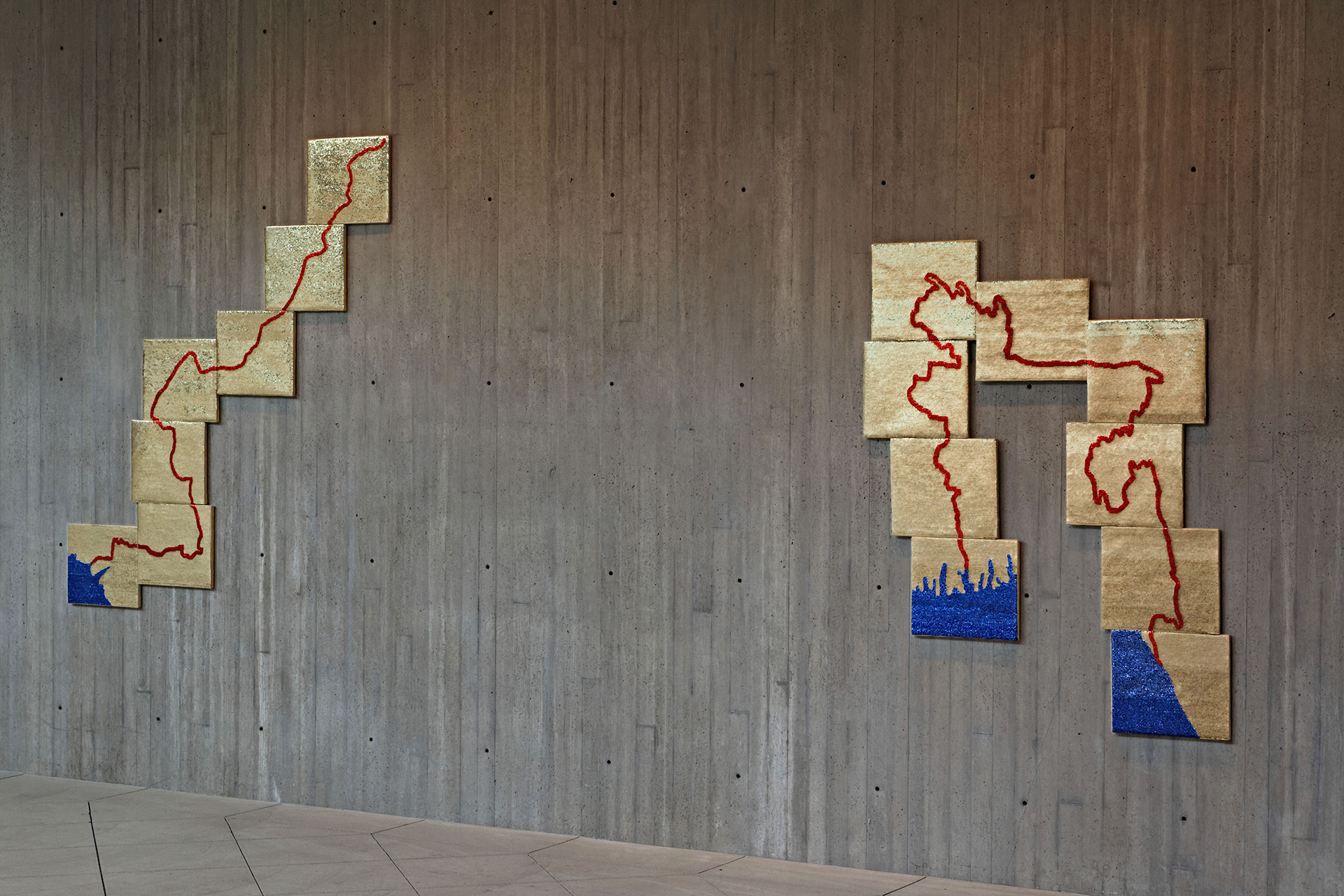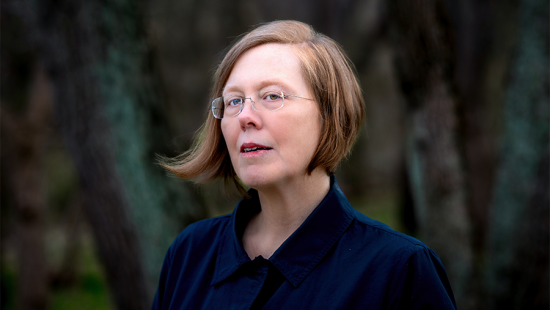Announcing: Art and Architecture of Migration and Discrimination by Esra Akcan and Iftikhar Dadi
Following their co-taught Mellon seminar, Cornell faculty Akcan and Dadi announce the release of their edited volume of essays on the art and architecture of partitions, migrations, arrivals, experiences, and global conditions from the 20th century to the present.

Book cover image with graffiti on Block 1221 Senior's Club designed by Álvaro Siza for IBA-1984/87, Kreuzberg, Berlin. image / provided
Esra Akcan, Michael A. McCarthy Professor of Architectural Theory (AAP), and Iftikhar Dadi, John H. Burris Professor of Art History and Visual Studies (A&S), recently published Art and Architecture of Migration and Discrimination: Turkey, Pakistan, and their European Diasporas (Routledge, 2024), a collection of essays on art and architecture that reveal both distinct and convergent histories, stories, and experiences of late 20th-century Muslim migrations and diasporas in Europe.
"During the second half of the 20th century, enormous compulsory migrations from these two countries resulted in significant Muslim diasporic communities in cities such as London and Berlin, yet they have never been studied together," says Akcan. "This book brings together an array of architecture and artistic media that responds to the conditions of the diaspora. What we find is that discrimination has been both the cause and result of migration — for example, internal problems have compelled citizens to emigrate, and blatant discriminatory and ideological constructs shape their experiences in their countries of arrival as well."
The book's subject matter is largely informed by a 2017 Mellon Collaborative Studies seminar co-taught at Cornell by Akcan and Dadi on the relationship between migration, discrimination, and the city. The seminar, which took place against the backdrop of the largest refugee crisis since World War II due to the war in Syria, prompted reflections on statecraft, neoliberalism, and crony capitalism and addressed matters related to statelessness, citizenship, human rights, and violence. Along with Akcan, Dadi, and other scholars, a number of doctoral students in the class contributed essays to the publication, including Aslihan Günhan, Ecem Sarıçayır, Lara Fresko, and Vinh Phu Pham.
Selections
Seraphim Rizos, Pantazidis sons, general view in Sinasos (today Mustafapaşa) Album, Cappadocia, 1924. photo / Seraphim Rizos

Renovation of houses in Sinasos (today Mustafapaşa). photo / Esra Akcan, Cappadocia, 2018

Seraphim Rizos, Pantazidis sons, general view in Sinasos (today Mustafapaşa) Album, Cappadocia, 1924. photo / Seraphim Rizos
"The Sinasos photo album was not only a farewell to one's home, but it was also a eulogy to a town that was about to lose its residents and even its name. Years later in the 2000s, it served as a document to renovate the houses and revitalize the town with the participation of preservation professionals and residents. This renewal also bore hints of a critical confrontation with the [Christian-Muslim] partition. The photo album as the residents' last sight before forced eviction may be unique in the visual catalog of the Greek-Turkish population exchange. However, there are ample real and imagined verbal descriptions of enforced migrants' final looks at their hometowns before deportation: those who traveled backwards in the car in order to see the last tip of the minaret disappear, those who put the luggage on the ground to have a good look and waved goodbye with their hats, or those who watched the land from the ship until it became the flat horizon." (Esra Akcan, Art and Architecture of Migration and Discrimination, p. 26)

Nalini Malani and Iftikhar Dadi, Bloodlines, (1997, refabricated 2011 by the workshop of Abdul Khaliq, Saddar, Karachi). Sequins and thread on cloth. Two sections: 165 x 187 cm and 124.5 x 159 cm. Installation at the Johnson Museum of Art, 2012. Courtesy of the artists and Jhaveri Contemporary, Mumbai.
"As an artist, my engagement with the legacy of the 1947 Partition began with a fortuitous meeting in 1996 at an exhibition in Copenhagen with Indian artist Nalini Malani, who had moved from Karachi to Bombay following partition. We discussed an alternative "celebration" of the 50th anniversary of the independence of India and Pakistan, as well as Partition, in 1997. This resulted in an exhibition that traveled to New Delhi, Bombay, and Lahore. And we collaborated to develop the work Bloodlines in 1997." (Iftikhar Dadi, Art and Architecture of Migration and Discrimination, p. 70)
According to Akcan and Dadi, the book's power is in the essays, which when read together show how mass-enforced displacement emerges from these cases not as a pathology specific to the Middle East and South Asia, but as a central policy of nation formation — a European concept and type of governmental entity that became an international norm during the decolonization processes and postwar reparations of the 20th century — which tragically resulted in new forms of violence in the world, rather than repairing the damages of colonization, WWI, or WWII.
For a complete list of contributing authors and a preview of this title, please visit the Taylor & Frances website to download a PDF.
Art and Architecture of Migration and Discrimination, edited by Esra Akcan and Iftikhar Dadi is one of many recent faculty publications to be featured in AAP's annual Launchpad event on April 17, 2024. Launchpad is held in Milstein Hall and is free and open to the public. The event includes presentations by the authors as well as a reception with opportunities to peruse and purchase many of the publications.







